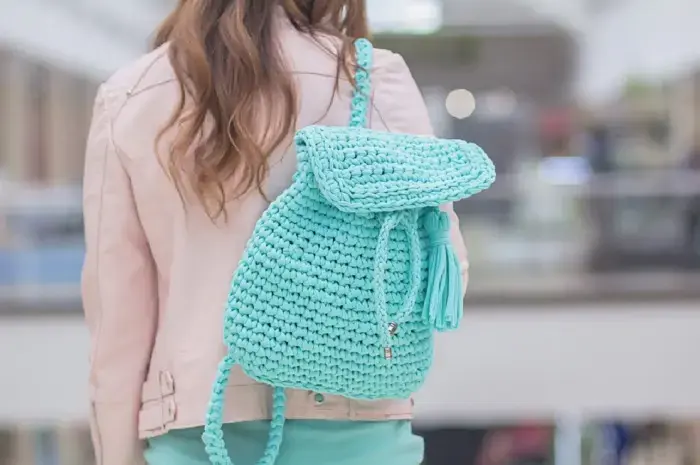Discover how to choose the best Nike running jacket for cold weather with tips on fabric technology, fit, and essential features to keep you warm and comfortable.
Choosing the best Nike running jacket for cold weather involves understanding the key features that can protect you from the elements while ensuring comfort and enhancing performance.
Nike offers a variety of running jackets tailored to different weather conditions, personal preferences, and functionality requirements.
This article will guide you through the process of selecting the ideal Nike running jacket for cold weather, focusing on materials, design, and specific technologies that Nike incorporates into its apparel.
1. Consider the Weather Conditions
When selecting a running jacket for cold weather, consider the specific conditions you’ll be facing:
- Temperature: How cold does it get in your area during your running times?
- Wind: Are you running in areas with high winds that could penetrate through lighter materials?
- Precipitation: Do you need waterproof features, or is water resistance sufficient?
2. Understand Nike’s Fabric Technology
Nike uses various proprietary technologies and fabrics designed to enhance athlete performance in different environments:
- Nike Shield: Jackets with Nike Shield technology are made to resist wind and water, making them suitable for running in rainy or windy conditions. They are often lightweight and provide excellent breathability.
- Nike Therma: This technology is designed to retain body heat while ensuring moisture management. Running jackets featuring Nike Therma are ideal for lower temperatures.
- Dri-FIT Technology: Many Nike jackets incorporate Dri-FIT technology, which is designed to wick moisture away from the body, helping to keep you dry and comfortable during your runs.
3. Select the Right Fit
The fit of your running jacket can impact your comfort and mobility:
- Regular Fit: Offers a more relaxed feel, which is good for layering in extremely cold conditions.
- Slim Fit: Tailored to run closer to the body, slim fit jackets reduce drag and can enhance performance by minimizing material flapping in the wind.
4. Check for Essential Features
Look for features that enhance functionality and comfort:
- Hood: A hood can provide additional protection from the cold and wind. Look for adjustable hoods that can be tightened or removed as necessary.
- Pockets: Zippered pockets are essential for securely storing small items like keys, ID, or a smartphone during your run.
- Ventilation: Features like back vents or underarm zippers can offer increased airflow, which is beneficial for temperature regulation during intense workouts.
- Reflective Elements: Important for visibility, especially if you run early in the morning or late at night, reflective details can ensure you are seen by others.
5. Layering Capability
In colder weather, the ability to layer your clothing is crucial:
- Base Layer Compatibility: Ensure the jacket can comfortably fit over a base layer or mid-layer without restricting movement.
- Adjustable Components: Features like adjustable cuffs, hem, and a flexible collar can help trap heat and allow you to adjust your body temperature as you warm up during your run.
6. Personal Preferences and Style
While functionality is key, choosing a jacket that aligns with your personal style and preferences can boost your confidence and enjoyment:
- Color: Bright colors or patterns can enhance visibility, but you might prefer a more understated look.
- Design: Some runners might value minimalist designs without extra zippers or seams, while others might look for additional features like headphone cord management.
7. Durability and Care
Consider how easy the jacket is to maintain:
- Material Durability: Opt for jackets that are made to withstand frequent washing and wear.
- Care Requirements: Check the care label to ensure the jacket does not require special cleaning procedures that might be inconvenient.
8. Read Reviews
Before making a purchase, read reviews from other runners who have used the jacket in similar conditions.
This can provide real-world insights into how the jacket performs in terms of durability, warmth, and comfort.
Conclusion
Choosing the right Nike running jacket for cold weather means considering how it will function in your specific climate, its compatibility with other layers, and your personal style preferences.
By assessing technologies like Nike Shield, Therma, and Dri-FIT, and ensuring that the jacket fits well and meets your feature requirements, you can select a jacket that will keep you running comfortably throughout the colder months.









